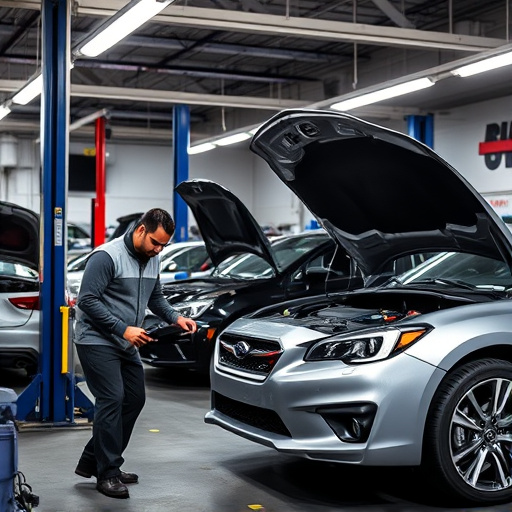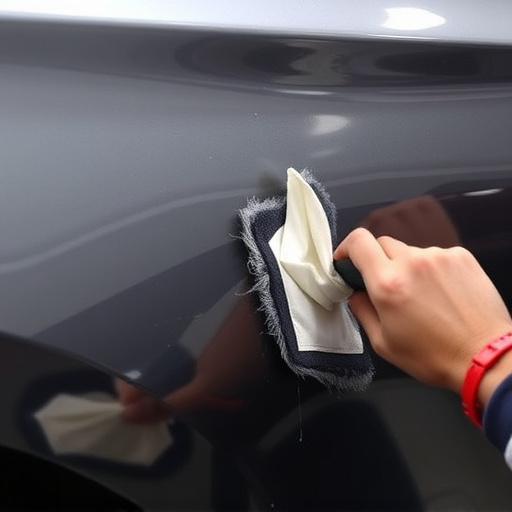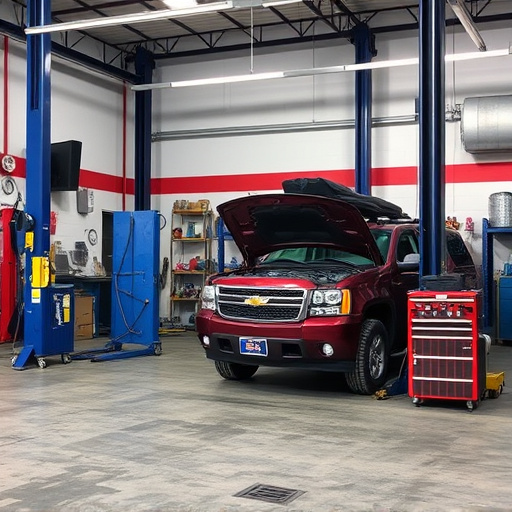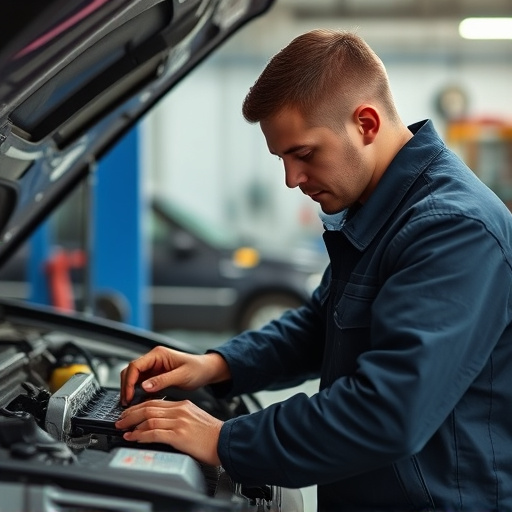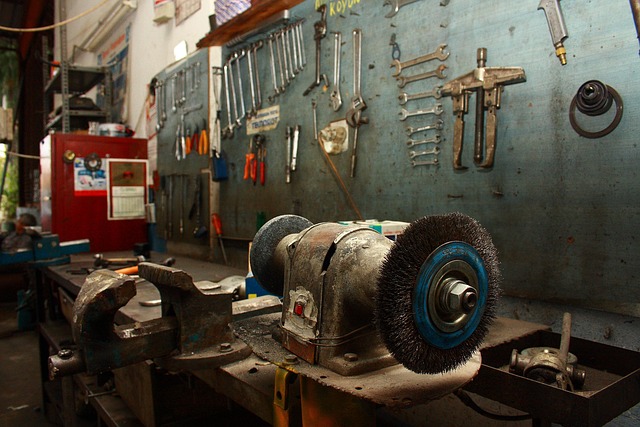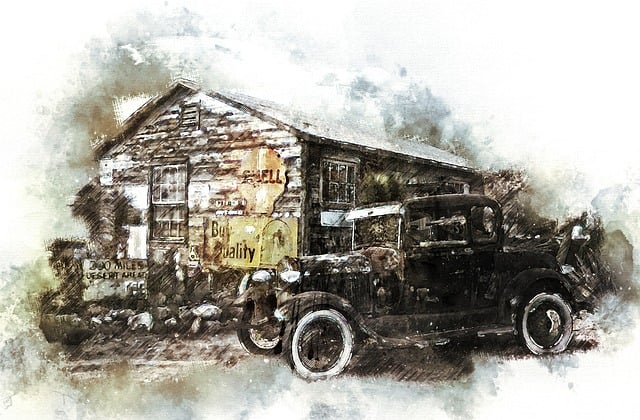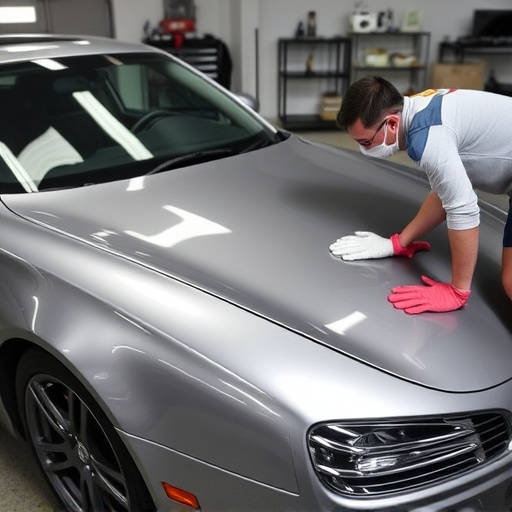Commercial fleet vehicles demand robust structural integrity for safe long-distance operations. Regular inspections and prompt repairs by automotive specialists prevent issues exacerbated by accidents, weather, and heavy use. Structural integrity restoration techniques, including frame straightening, ensure safety, reliability, and cost-effectiveness for fleet managers. Qualified auto body shops employ advanced methods to maintain hidden components' integrity, preventing damage and downtime, ultimately enhancing operational efficiency.
Structural integrity is paramount for commercial fleet vehicles, ensuring safety, efficiency, and longevity on the road. This article delves into the essential aspects of restoring and maintaining these critical elements. We explore common causes of structural damage in fleets, from collisions to wear and tear, highlighting the need for proactive measures. By understanding the fundamentals of structural integrity, fleet managers can implement effective strategies, minimizing downtime and maximizing vehicle lifespan through specialized restoration techniques.
- Understanding Structural Integrity for Fleet Vehicles
- Common Causes of Structural Damage in Commercial Fleets
- Restoring and Maintaining Fleet Vehicle Structure Effectively
Understanding Structural Integrity for Fleet Vehicles

Structural integrity is a critical aspect when it comes to commercial fleet vehicles. These vehicles play a vital role in day-to-day operations for many businesses, transporting goods and people over long distances. Ensuring their structural soundness is essential not just for safety reasons but also to maintain optimal performance and reduce downtime.
Regular inspections are key to identifying potential issues early on. Vehicle body shops specializing in automotive restoration can perform comprehensive checks, detecting even the subtlest signs of damage or wear. In case of accidents or other incidents causing car collision repair needs, a skilled team at these shops can conduct structural integrity restoration, ensuring every component is securely fastened and capable of withstanding the rigors of regular use. This meticulous process involves precision repairs and replacements, making the vehicles safe and reliable once again.
Common Causes of Structural Damage in Commercial Fleets

Commercial fleet vehicles, often logging thousands of miles annually, face a multitude of challenges that can compromise their structural integrity. Common causes of damage include frequent and intense car collisions, exposure to harsh weather conditions, and regular wear and tear from heavy-duty use. These factors contribute to issues like bent frames, crushed panels, and damaged underbody components, all of which can significantly impact vehicle safety and performance.
Proper maintenance is crucial for mitigating these risks. Regular inspections by experienced auto body shops can identify potential problems early on. Techniques such as frame straightening play a vital role in restoring structural integrity after accidents or prolonged exposure to harsh elements. By addressing these issues promptly, fleet managers can ensure their vehicles remain reliable, safe, and cost-effective for operations that depend on them.
Restoring and Maintaining Fleet Vehicle Structure Effectively

Restoring and maintaining the structural integrity of commercial fleet vehicles is a complex yet essential task for any business owner. It involves more than just fixing visible damages; it’s about ensuring the safety, longevity, and performance of each vehicle in the fleet. A qualified car body shop specializing in structural integrity restoration employs advanced techniques and tools to accurately assess and address hidden issues that could compromise the overall condition of the vehicles.
Regular vehicle repair services, including routine inspections and timely maintenance, play a pivotal role in preserving the structural integrity of fleet vehicles. Auto repair shops experienced in this field understand the unique challenges faced by commercial fleets, such as frequent use, varying road conditions, and exposure to harsh environments. By implementing structured maintenance programs, businesses can prevent significant structural damage, reduce downtime, and extend the lifespan of their vehicles. This proactive approach not only saves costs but also contributes to a safer and more efficient fleet operation.
Structural integrity is paramount for commercial fleet vehicles, ensuring safety and efficiency on the road. By understanding common causes of damage, such as collision, rust, and wear-and-tear, fleet managers can implement effective restoration and maintenance strategies. Adhering to best practices in structural integrity restoration not only prolongs vehicle lifespan but also optimizes operational costs and enhances overall fleet performance.





